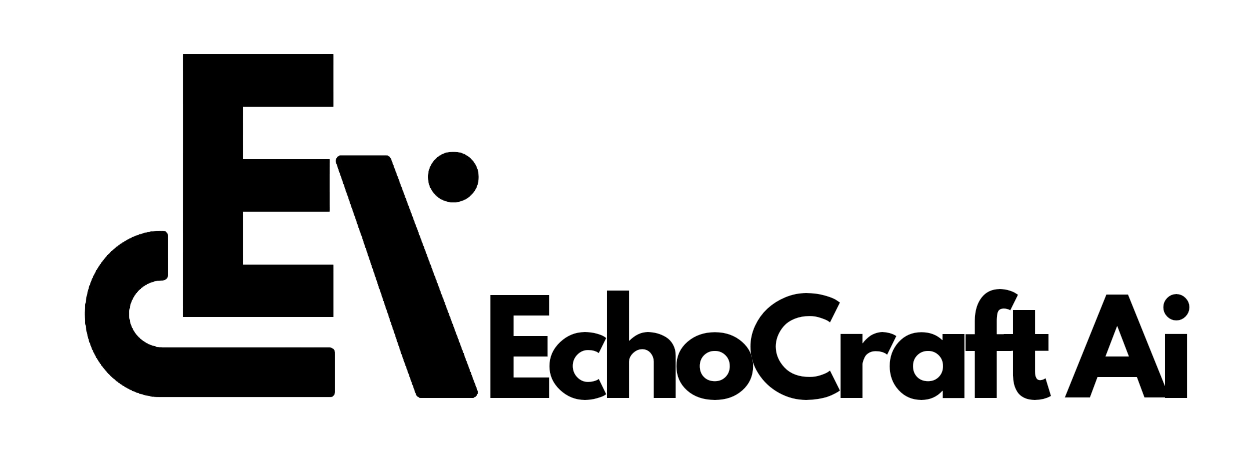Microsoft has unveiled a new engineering division, CoreAI — Platform and Tools, as part of its strategic focus on artificial intelligence.
This initiative consolidates key teams and resources to accelerate AI infrastructure and tools development, emphasizing the company’s commitment to maintaining leadership in the competitive AI landscape.
Jay Parikh to Lead CoreAI
The newly formed CoreAI division is led by Jay Parikh, a seasoned tech industry executive. Parikh’s extensive experience includes roles as Vice President and Global Head of Engineering at Meta and CEO at cloud security startup Lacework before joining Microsoft in October.
Reporting directly to CEO Satya Nadella, Parikh’s leadership underscores the high priority Microsoft places on advancing its AI initiatives.
Streamlining AI Development
CoreAI integrates several existing teams, including the Developer Division (Dev Div), AI platform teams, and parts of the Office of the CTO.
This consolidation aims to streamline the creation of cutting-edge AI tools and platforms, aligning with Microsoft’s long-term goals of embedding AI deeply into its software development processes.
Vision for Model-Forward Applications
In an internal memo, Nadella outlined Microsoft’s focus on “model-forward” applications, aiming to redefine traditional software categories.
These AI-driven applications are expected to deliver transformative solutions, highlighting Microsoft’s strategic intent to reshape the technology landscape with AI at its core.
Building an AI-Driven Infrastructure
Microsoft’s AI strategy is anchored by Azure, which serves as the backbone for its AI infrastructure. Nadella highlighted Azure AI Foundry, GitHub, and VS Code as foundational pillars for creating and deploying AI applications.
The CoreAI team’s mission includes developing an end-to-end Copilot and AI stack to meet diverse customer needs, enabling both Microsoft and third-party developers to build next-generation software solutions efficiently.
Parikh’s Leadership and Team Composition
As Executive Vice President of CoreAI, Parikh leads a team that includes prominent executives such as AI platform chief Eric Boyd and deputy CTO Jason Taylor.
Parikh’s expertise in infrastructure and large-scale systems, honed during his tenure at Meta, positions him to drive Microsoft’s ambitious AI goals.
From Legacy Tools to AI-Centric Innovation
Microsoft’s emphasis on AI marks a shift from its legacy tools, like Visual Studio and .NET, toward solutions that incorporate Copilot functionality and advanced AI capabilities.
This strategic pivot reflects a move toward “service as software,” where AI becomes central to application development and deployment.
Empowering Developers with a Unified Ecosystem
Microsoft’s reorganization aims to create a unified AI ecosystem, simplifying workflows for developers.
By integrating Azure AI Foundry, GitHub, and VS Code into a cohesive platform, Microsoft ensures robust support for custom AI application development.
This ecosystem aligns with the company’s goal of making AI tools accessible and effective for a global developer audience.
Setting a New Standard in AI Leadership
CoreAI marks Microsoft’s first major engineering restructuring under Parikh’s leadership. This division highlights the company’s dedication to AI innovation and its ambition to set industry standards for AI-powered application development.
Preparing for an AI-First Future
The creation of CoreAI reflects Microsoft’s acknowledgement of AI’s transformative potential. Nadella’s remarks about the compression of decades of change into a few years underscore the urgency of adopting AI technologies.
With a clear roadmap, Microsoft aims to lead the industry in redefining software development and infrastructure through AI.

